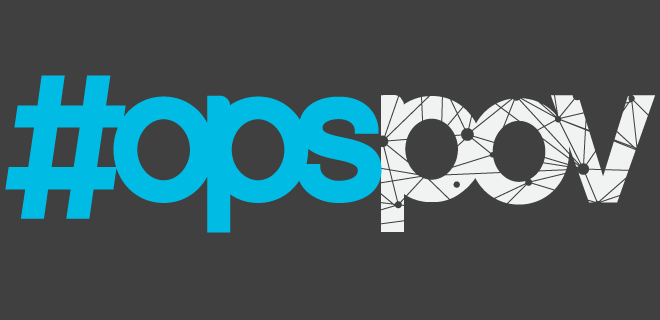
Updated Below. One of my first questions to AdMonsters Publisher Forum Keynote Mike Smith, General Manager of Core Audience and VP of Revenue Platforms and Digital , was, “What the hell is a supply-side trading desk?”
He smiled wryly, probably because what sounds like the latest industry buzzword is a pretty apt description of Hearst’s centralized programmatic platform that branches across the media giant’s portfolio of sites (as well as television stations). It’s less a queasy acronym (SSTD? Oh my…) than a trend rolling across the digital publisher landscape.
The team of around 50 at Core Audience optimizes programmatic buying against all of Hearst’s content across sites and devices. With PMPs it can transfer inventory from other sites to meet fill and increase the value of audiences, while it’s quite useful in driving revenue from hard-to-direct-sell mobile inventory. We see this SSTD (are we really going with that?) model in other multi-site publishers like Advance Digital or SheKnows, which added another load of content atop its massive portfolio with the acquisition of BlogHer last November.
It seems funny that multi-site publishers are embracing centralized programmatic operations as agency trading desks seem to be disbanding – in February, VivaKi was basically broken into little groups and shuffled off to Publicis’ numerous media agencies. Don’t think that will be the last agency trading desk to crumble back into media agencies…
Even unrelated sites, or sites connected by content rather than ownership, are also banding together programmatically. A few years go I was disheartened by the failure of QuadrantOne, the private exchange network between Hearst, The New York Times, Tribune Cos. and Gannett. But after speaking with Hearst SVP and QuadrantOne proponent Lincoln Millstein last year at OPS, I think the venture was merely ahead of its time. He suggested the conflict of corporate egos spelled the demise of QuadrantOne, but the environment was quite as dire enough for rival schools to unite (by fate or just programmatic buying?).
At last year’s OPS, Aol, Yahoo and Microsoft delved into details of its joint programmatic direct platform – while many in the industry found the idea spurious at first, the grand partnership makes more sense with every passing day (and acquisition). And now Digiday writes about Pangaea, a joint programmatic venture between The Guardian, The Financial Times, Reuters, CNN International and The Economist employing the Rubicon Project to seriously scale up inventory buyers. There’s an added wrinkle: the Financial Times and Reuters are sharing anonymized first-party data from registered users.
That suggests the next step for pubs: sharing data… With each other.
“Second-party data,” in which publisher and advertiser data is matched up by a third-party to better target was another talked-about subject at the last few Publisher Forums and appears to be gaining momentum as DMPs offer viable solutions.
However, AdExchanger recently reported on La Place Media, a programmatic arrangement of five French publishers from France where pub-to-pub data sharing is paying off. As Europe is a fragmented market with many small cultural niches, publisher data efforts site-by-site couldn’t ramp up scale to compete with Google or Facebook. However, sharing browsing (ahem, behvioral) data across the five properties brought programmatic CPMs up 70%, and now La Place is turning its focus to the potential of registration data.
Especially as Facebook increasingly exploits its data outside the social network (and forces Google into turning face and leveraging search data within its exchange), would it be that surprising to see many independent mid-tier sites in similar niches band together to form supply-side trading desks that leverage second-party data (be it behavioral or demographic)? More alliances are coming, which will likely bring new operational challenges – or dog fights.
UPDATED 3/26/15
At the Guardian’s Changing Media Summit 2015, AppNexus President Michael Rubenstein heralded Pangaea as a sign of things to come – “Facebook and Google are continuing to amass market power and I think that is tremendously concerning to the independent publishing community.”
“